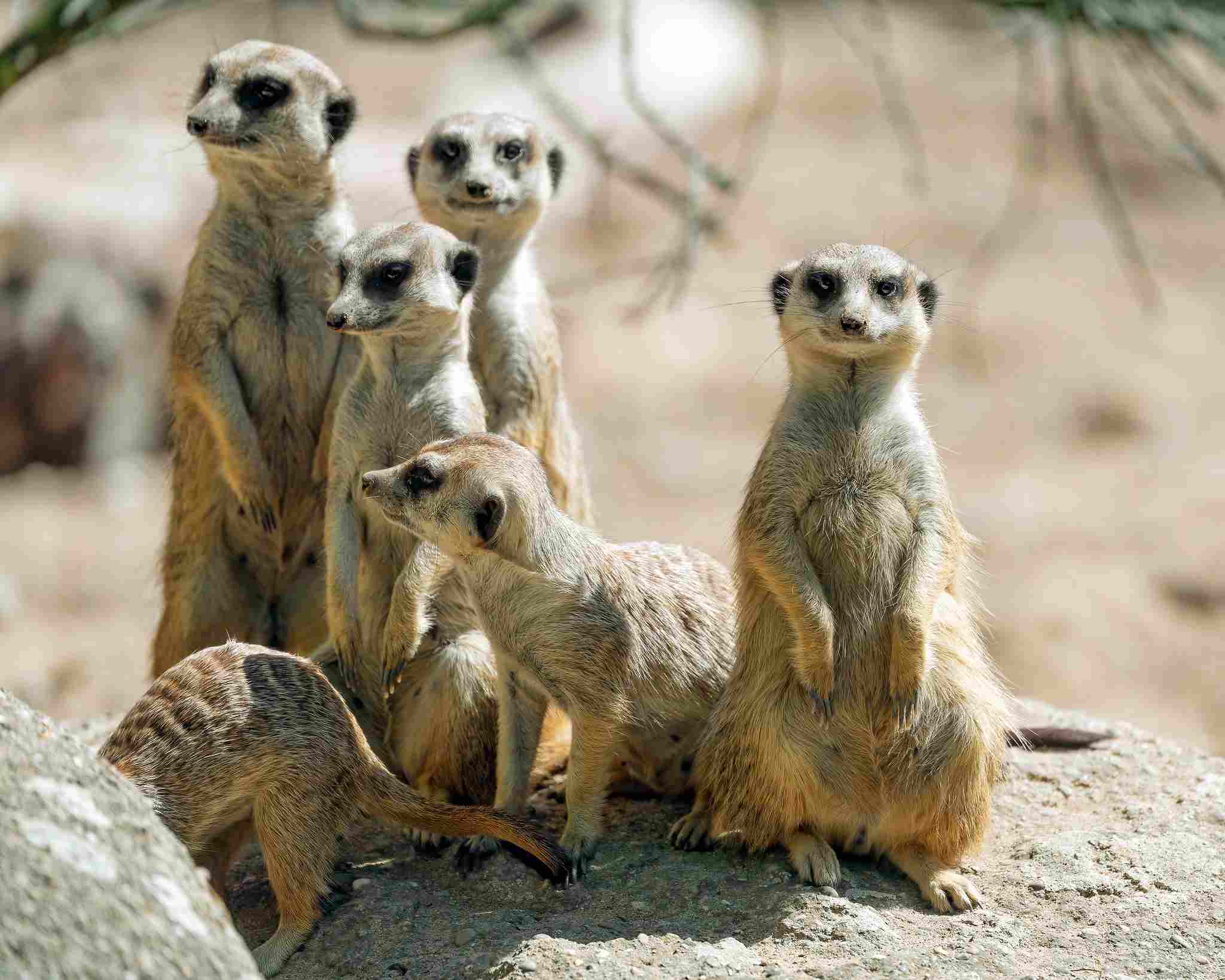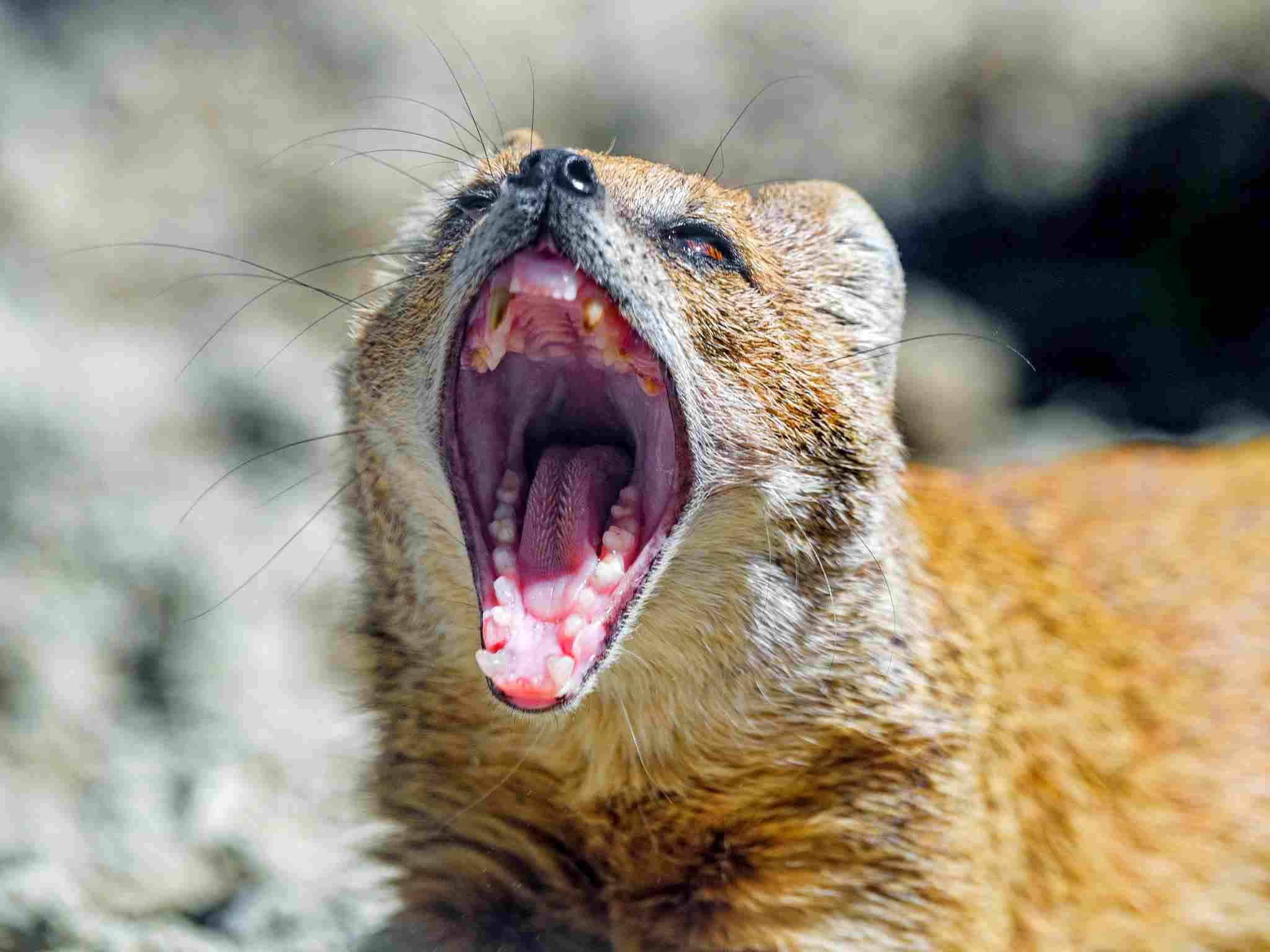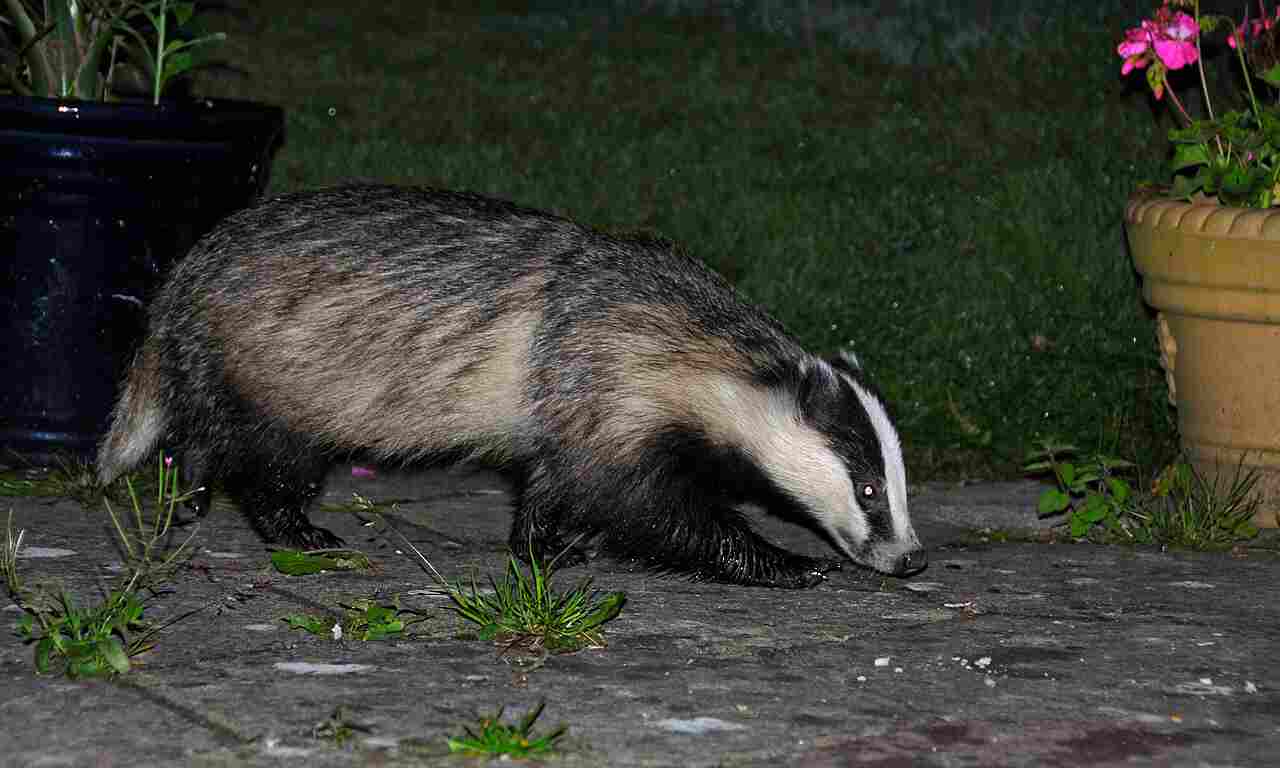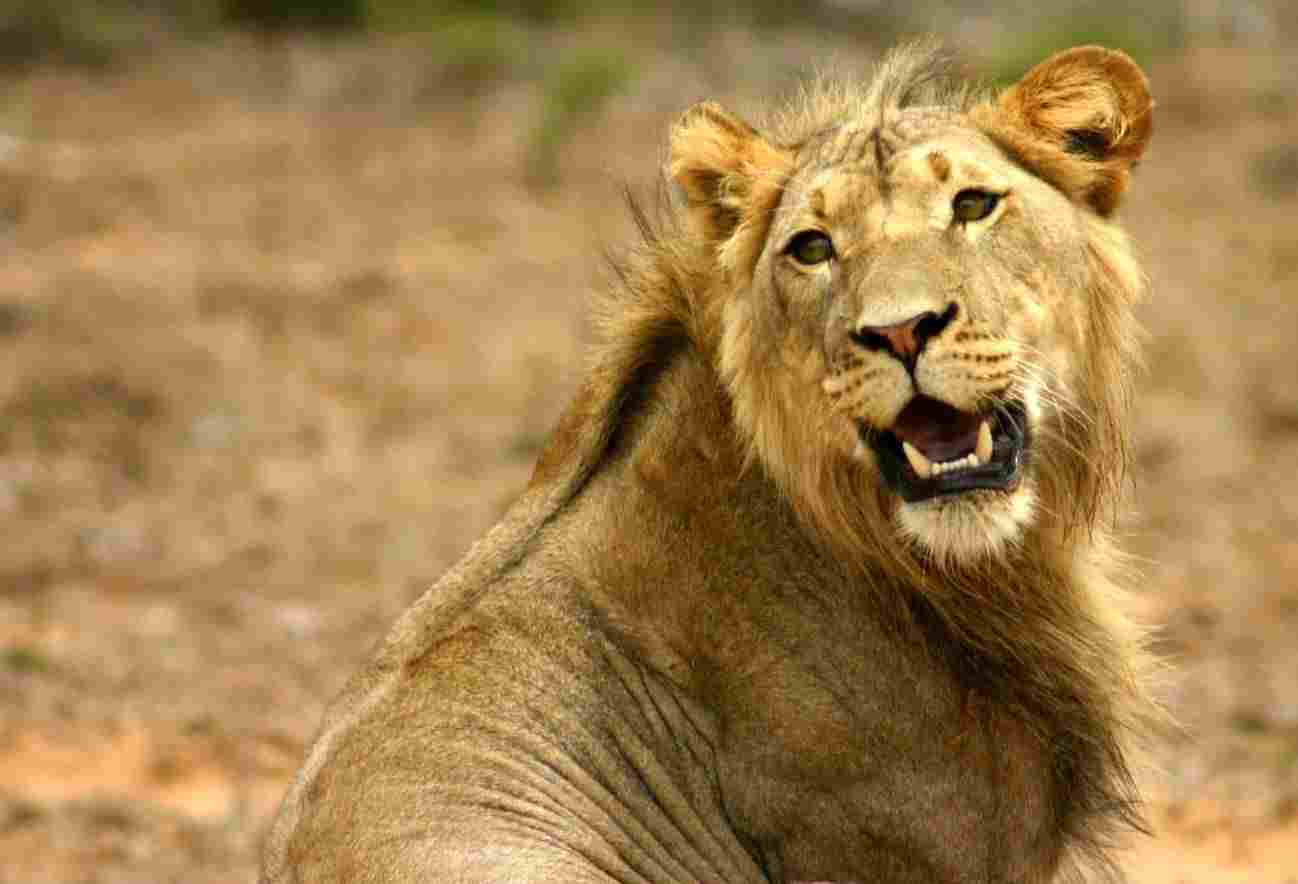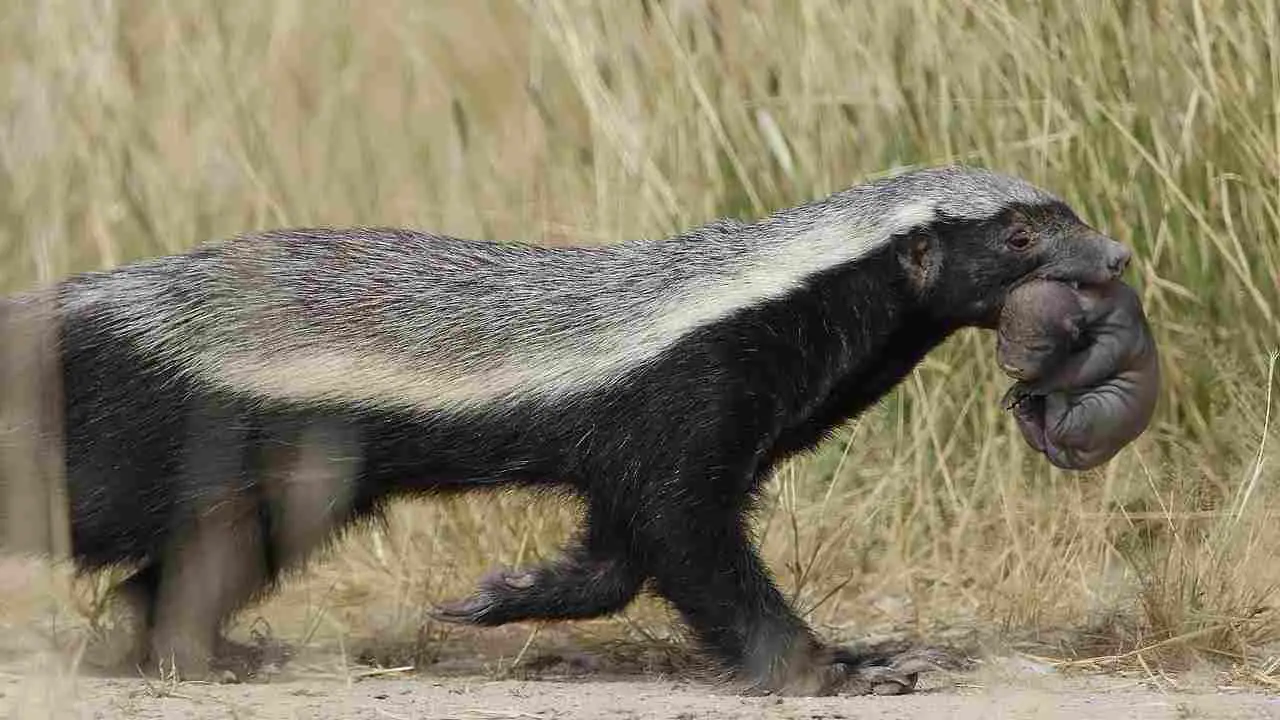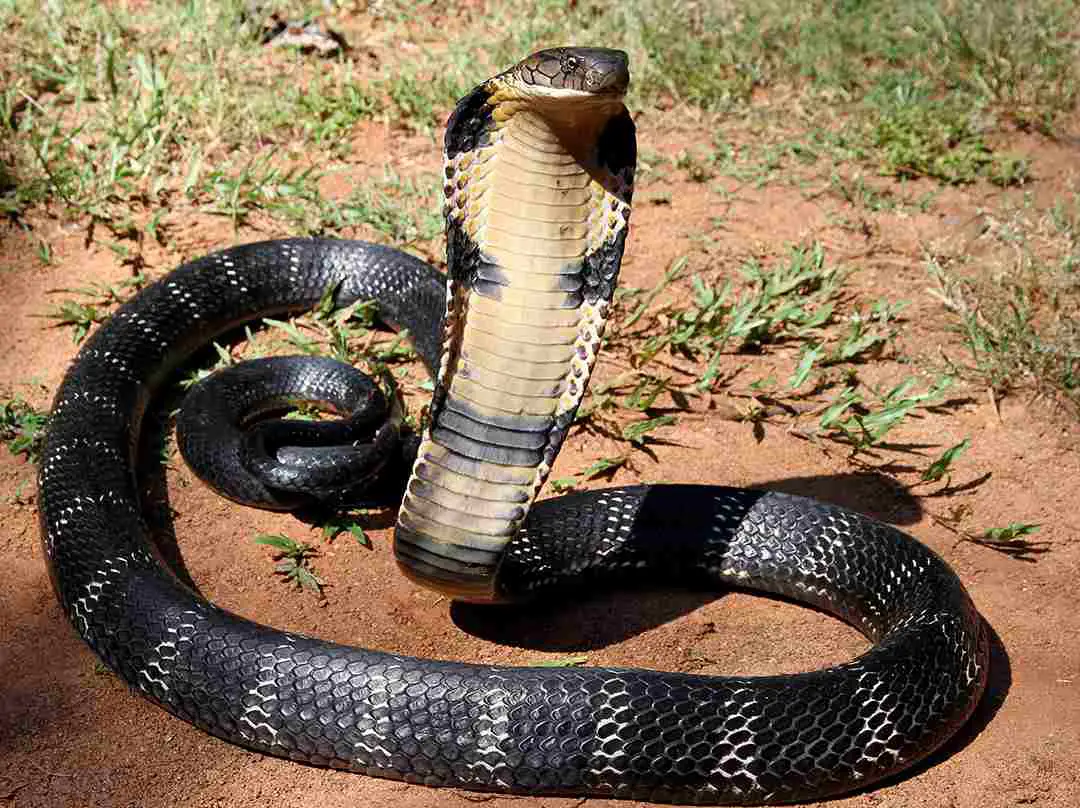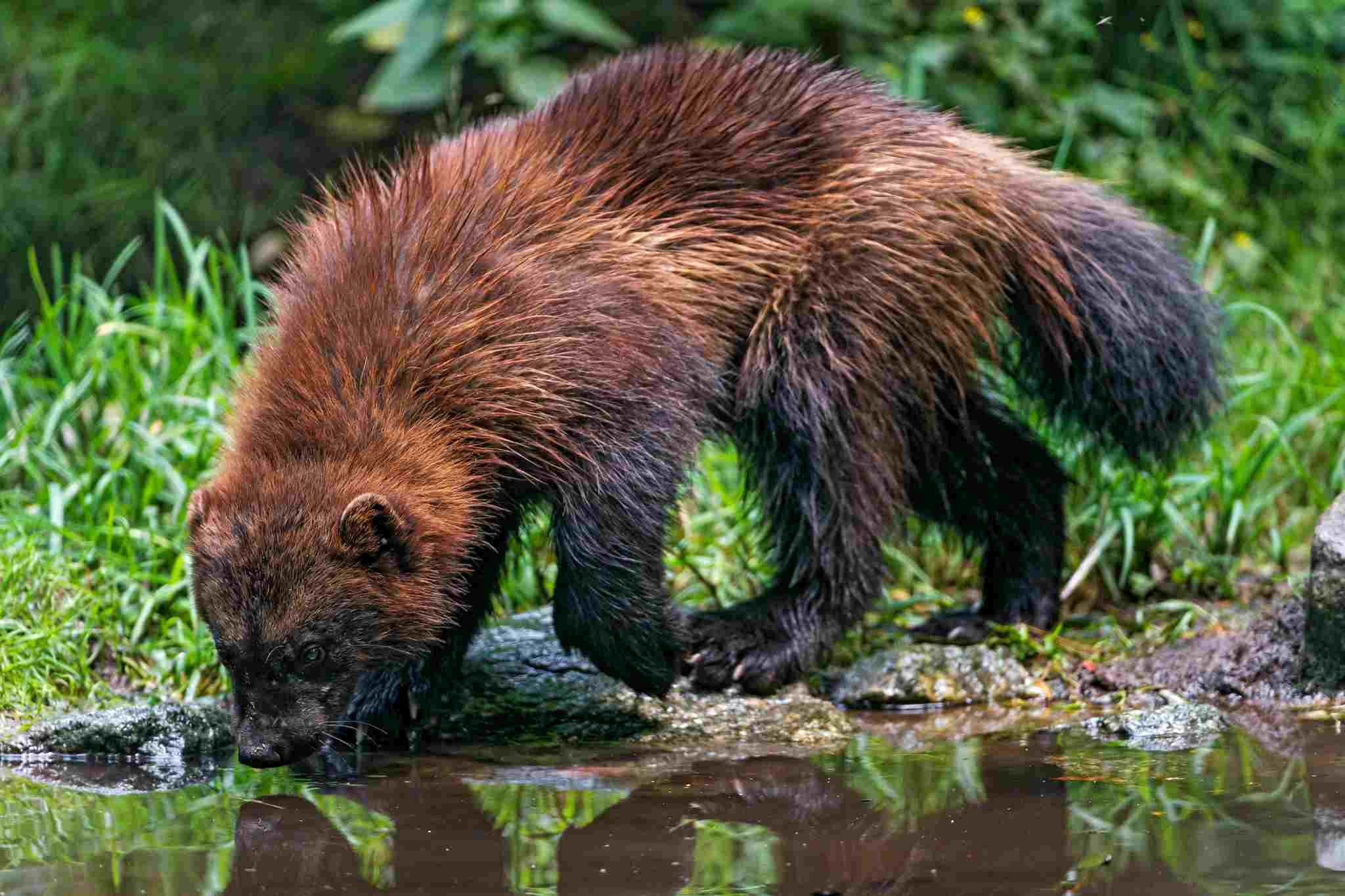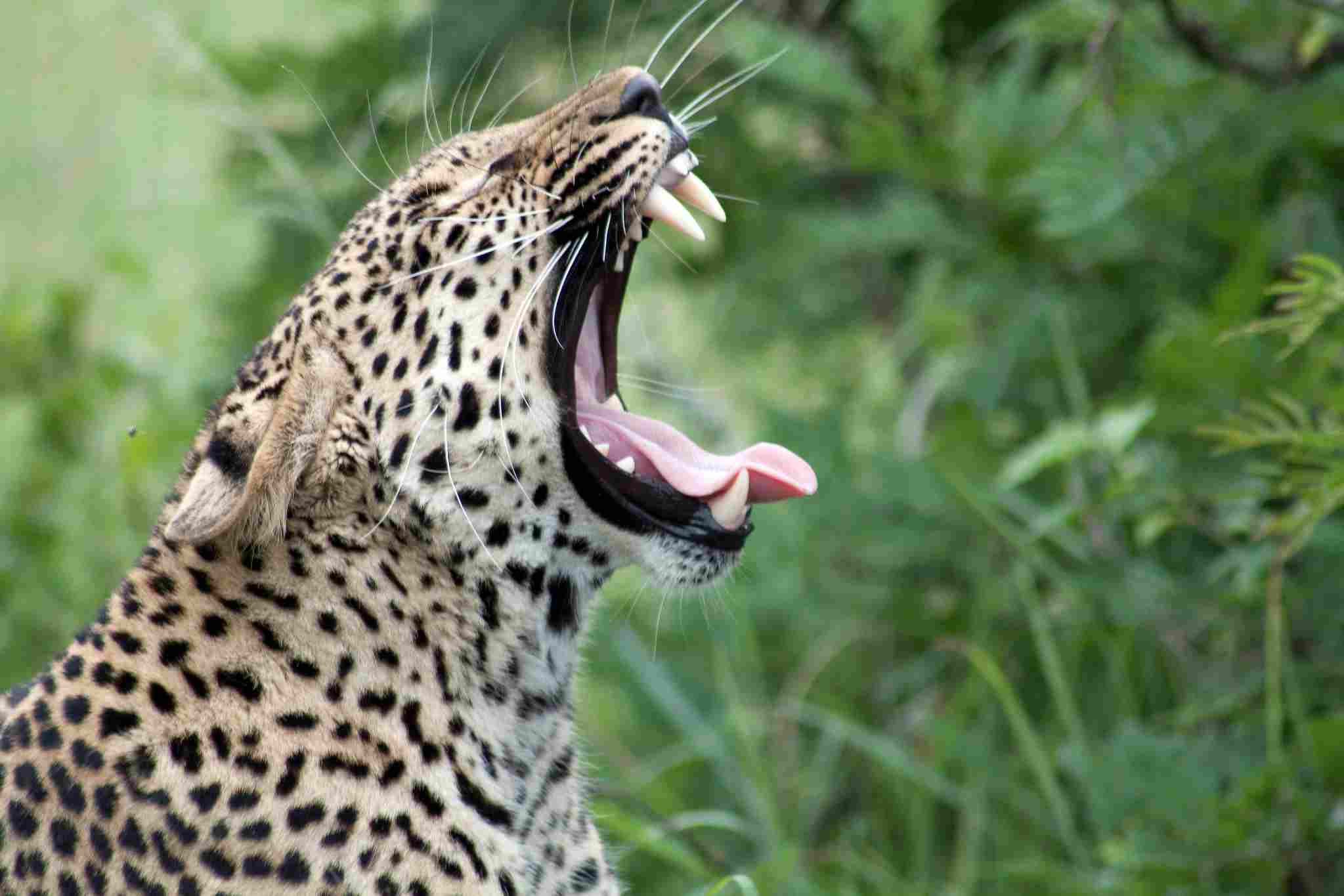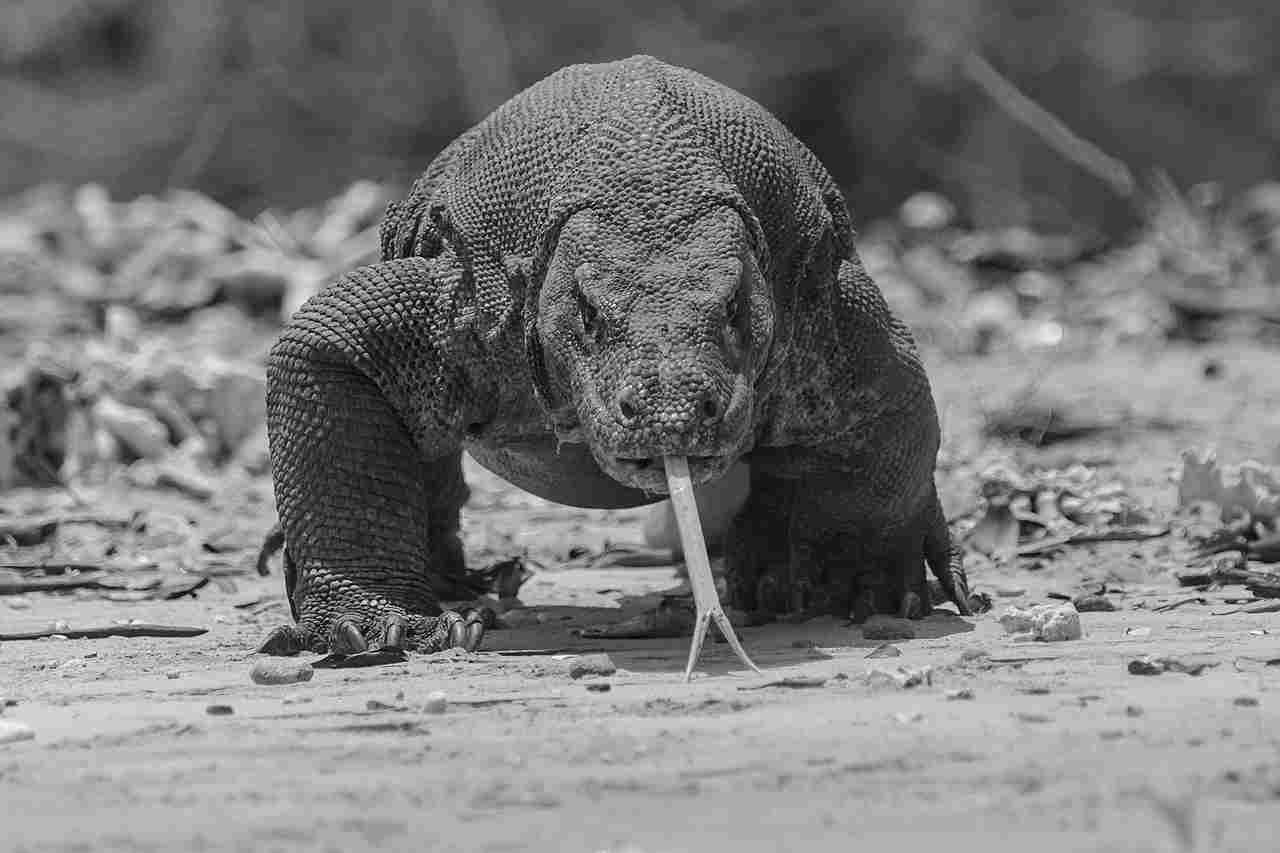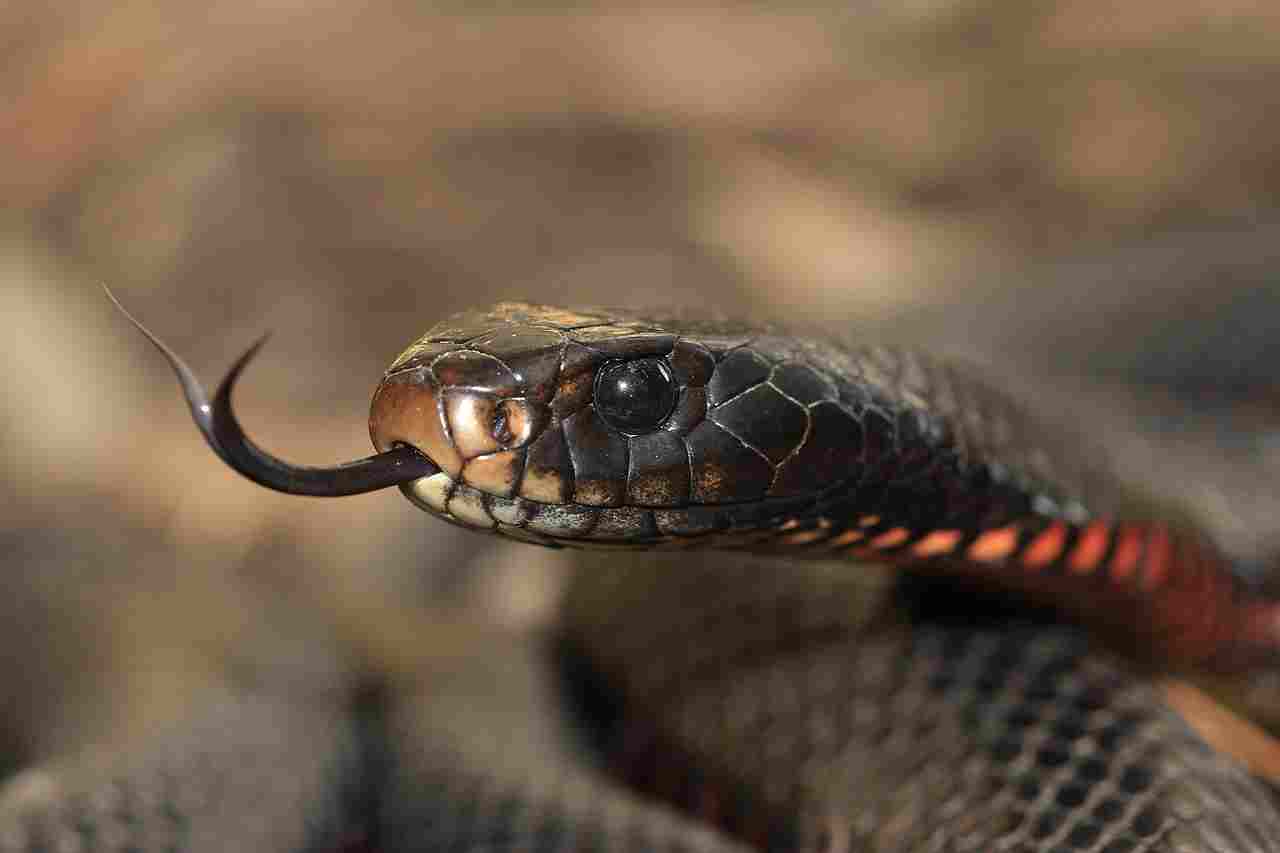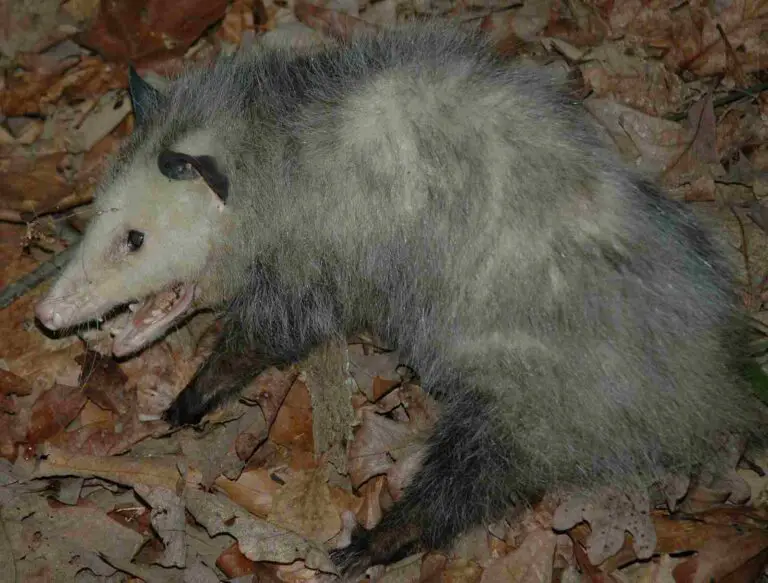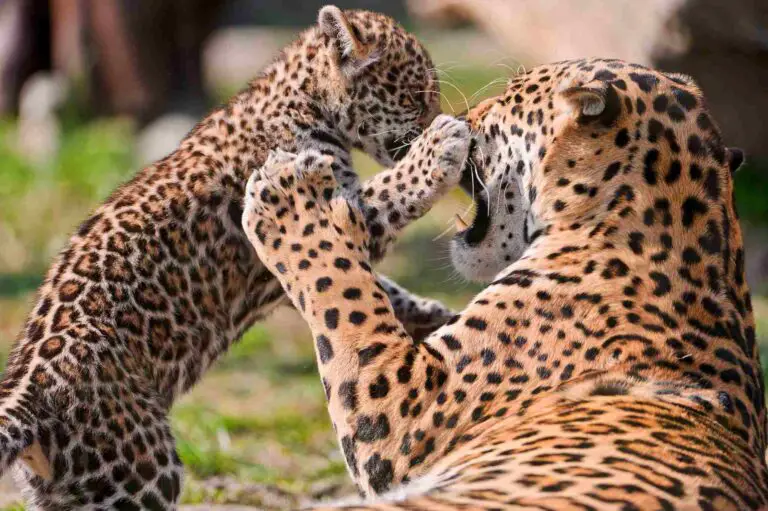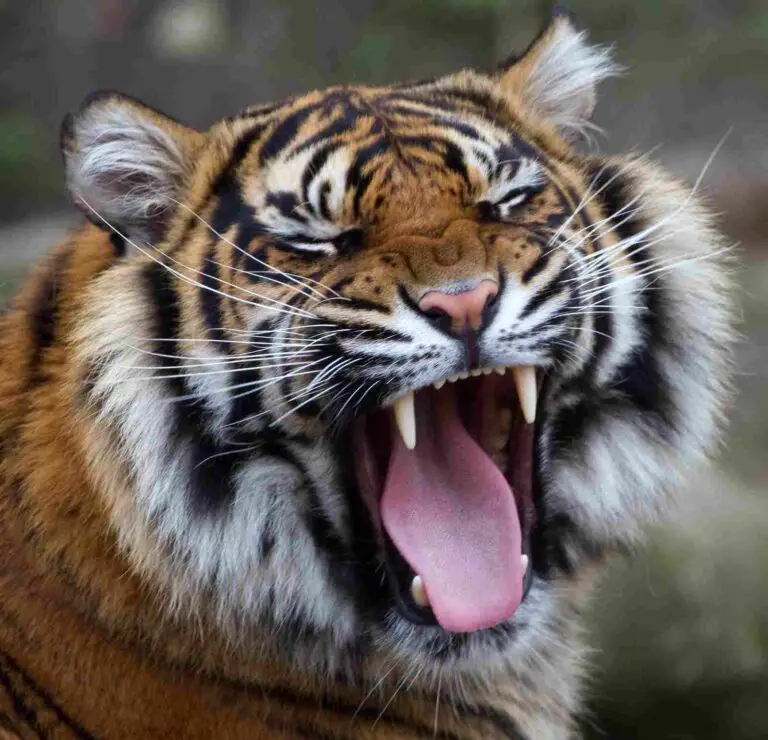13+ Carnivores in Africa and Their Characteristics
Carnivores in Africa are diverse and play vital roles in maintaining ecosystem balance. Among them are the cheetah, lion, African golden wolf, honey badger, mongoose, African rock python, hyena, African fish eagle, African crowned eagle, African wildcat, African wild dog, genet, jackal, caracal, and serval. These carnivores inhabit various habitats across the continent, from savannas and grasslands to forests and wetlands, each facing unique threats such as habitat loss, human-wildlife conflict, and illegal wildlife trade. Conserving their populations is crucial for preserving Africa’s biodiversity and ecological integrity.
1. Cheetah
The cheetah, scientifically known as Acinonyx jubatus, is one of Africa’s most iconic and beloved carnivores. Renowned for its incredible speed and sleek, spotted coat, the cheetah is the fastest land animal on Earth, capable of reaching speeds of up to 60 to 70 miles per hour (96 to 113 kilometers per hour) in short bursts covering distances of up to 1,500 feet (460 meters).
This feline predator primarily inhabits the grasslands, savannas, and semi-deserts of sub-Saharan Africa, where its slender build and specialized adaptations, such as enlarged nasal passages and a flexible spine, aid in its lightning-fast pursuits of prey. While cheetahs are formidable hunters, relying primarily on sight rather than stealth, they face numerous challenges, including habitat loss, human-wildlife conflict, and competition with larger predators like lions and hyenas.
Despite their speed and hunting prowess, cheetahs are among Africa’s most vulnerable big cats, with an estimated global population of around 7,000 individuals, according to the International Union for Conservation of Nature (IUCN). Conservation efforts aimed at preserving their remaining habitats, mitigating human-wildlife conflict, and combating illegal wildlife trade are crucial for ensuring the survival of this magnificent species in the wild.
2. Lion
The lion, scientifically known as Panthera leo, holds a position of dominance as Africa’s apex predator and symbolizes strength, power, and pride across cultures worldwide. These majestic big cats are characterized by their muscular build, golden coats, and impressive manes, which vary in color and size among individuals and populations. Lions are highly social animals, living in groups known as prides, which typically consist of related females, their offspring, and a coalition of male lions.
Distributed throughout sub-Saharan Africa, with a small population residing in the Gir Forest of India, lions primarily inhabit grasslands, savannas, and open woodlands where they hunt a diverse array of prey, including antelopes, zebras, and wildebeests. While females are the primary hunters within a pride, utilizing coordinated ambush tactics, males play a crucial role in defending territory and protecting the pride from rival coalitions.
Despite their status as apex predators, lions face numerous threats, including habitat loss, human-wildlife conflict, poaching, and disease. Conservation efforts, such as habitat preservation, community-based initiatives, and anti-poaching measures, are essential for safeguarding lion populations and ensuring their continued existence in the wild.
3. African Golden Wolf
The African golden wolf, scientifically known as Canis anthus, is a lesser-known carnivore that inhabits the grasslands, savannas, and scrublands of northern and eastern Africa. Despite its name, the African golden wolf is not closely related to true wolves and is instead classified as a distinct species within the canid family. This medium-sized predator is characterized by its sandy to golden coat, pointed ears, and slender build.
African golden wolves are highly adaptable animals, capable of thriving in a variety of habitats, from arid deserts to dense woodlands. They are opportunistic feeders, preying on small mammals, birds, reptiles, and insects, as well as scavenging carrion when available. Unlike many other carnivores, African golden wolves are primarily solitary hunters, although they may form monogamous pairs during the breeding season.
Despite their adaptable nature, African golden wolves face threats such as habitat loss, human encroachment, and persecution by farmers due to conflicts over livestock. Further research into their ecological requirements and population dynamics is essential for developing effective conservation strategies to ensure the long-term survival of this elusive carnivore in Africa’s ever-changing landscapes.
4. Honey Badger
The honey badger, scientifically known as Mellivora capensis, is a tenacious and fearless carnivore found throughout Africa, Southwest Asia, and the Indian subcontinent. Despite its relatively small size, this compact mammal possesses remarkable strength, agility, and intelligence, making it one of Africa’s most formidable predators. Honey badgers are known for their distinctive black and white coat, stocky build, and powerful claws, which they use to dig for food and defend themselves against larger predators.
Honey badgers are opportunistic feeders, with a diverse diet that includes small mammals, birds, reptiles, insects, fruits, and even honey stolen from beehives. They are highly adaptable animals, capable of inhabiting a wide range of habitats, from forests and grasslands to deserts and urban areas. Despite their solitary nature, honey badgers may form temporary associations with other individuals, particularly during the mating season.
Despite their reputation as fearless and resilient predators, honey badgers face threats such as habitat loss, poaching, and persecution by humans due to conflicts over livestock and beekeeping. Conservation efforts aimed at protecting their remaining habitats and reducing human-wildlife conflict are essential for ensuring the long-term survival of this iconic carnivore in Africa and beyond.
5. Mongoose
Mongooses are a diverse group of small to medium-sized carnivores belonging to the family Herpestidae, found throughout Africa, Asia, and parts of Europe. African mongooses are characterized by their slender bodies, pointed snouts, and long tails, which vary in length and color among different species. These agile and social animals inhabit a wide range of habitats, including savannas, forests, grasslands, and urban areas, where they play important roles as predators and scavengers.
African mongooses are opportunistic feeders, with diets that vary depending on their species and habitat. They primarily prey on insects, small mammals, birds, reptiles, and eggs, using their keen sense of smell and agility to locate and capture their prey. Mongooses are known for their complex social structures, which can range from solitary individuals to large family groups known as troops or packs, depending on the species.
Despite their adaptability and resilience, African mongooses face threats such as habitat loss, human encroachment, and disease transmission from domestic animals. Conservation efforts aimed at preserving their natural habitats, mitigating human-wildlife conflict, and combating the illegal wildlife trade are essential for ensuring the survival of these fascinating and ecologically important carnivores across Africa’s diverse landscapes.
6. African Rock Python
The African rock python, scientifically known as Python sebae, is one of Africa’s largest and most powerful snake species, known for its impressive size, strength, and striking patterned appearance. These non-venomous constrictors are found throughout sub-Saharan Africa, inhabiting a wide range of habitats, including forests, grasslands, swamps, and rocky outcrops. African rock pythons are characterized by their thick bodies, distinctive brown and tan markings, and keen sense of smell, which they use to locate prey.
As ambush predators, African rock pythons rely on stealth and patience to capture their prey, which can include a variety of mammals, birds, reptiles, and even large ungulates such as antelope and warthogs. Using their powerful bodies and sharp teeth, rock pythons constrict their prey, suffocating them before swallowing them whole. Despite their formidable hunting abilities, African rock pythons face threats such as habitat loss, human persecution, and the illegal wildlife trade.
Conservation efforts aimed at protecting their natural habitats, reducing human-snake conflicts, and combating illegal poaching and trade are essential for ensuring the survival of African rock pythons and maintaining ecological balance in their native ecosystems.
7. Hyena
Hyenas are highly adaptable carnivores belonging to the family Hyaenidae, found throughout sub-Saharan Africa and parts of Asia. Despite their reputation as scavengers, hyenas are skilled hunters and formidable predators in their own right, capable of taking down prey much larger than themselves. There are three species of hyenas found in Africa: the spotted hyena (Crocuta crocuta), the brown hyena (Hyaena brunnea), and the striped hyena (Hyaena hyaena).
Spotted hyenas, in particular, are known for their complex social structures and vocalizations, as well as their powerful jaws and bone-crushing abilities. They primarily inhabit savannas and open woodlands, where they hunt a variety of prey, including antelopes, zebras, and wildebeests, as well as scavenging carrion and stealing kills from other predators.
Despite their adaptability and resilience, hyenas face threats such as habitat loss, human-wildlife conflict, and persecution by humans due to misconceptions and superstitions. Conservation efforts aimed at preserving their natural habitats, mitigating human-wildlife conflict, and promoting coexistence with local communities are essential for ensuring the survival of hyena populations across Africa’s diverse landscapes.
8. African Fish Eagle
The African fish eagle, scientifically known as Haliaeetus vocifer, is a majestic raptor found near freshwater habitats throughout sub-Saharan Africa. Renowned for its distinctive white head, brown body, and striking yellow beak and eyes, the African fish eagle is considered one of Africa’s most iconic bird species. These powerful birds of prey are skilled hunters, specializing in catching fish from rivers, lakes, and wetlands using their sharp talons and keen eyesight.
African fish eagles are highly territorial and often nest in tall trees near water bodies, where they build large stick nests and raise their young. Their evocative calls, which resemble a series of melodious whistles, are a familiar sound in African wilderness areas, adding to their cultural significance and allure. Despite their formidable hunting abilities, African fish eagles face threats such as habitat loss, pollution, and human disturbance, which can impact both their nesting sites and prey availability.
Conservation efforts aimed at protecting freshwater habitats, mitigating human impacts, and raising awareness about the importance of preserving these magnificent birds are essential for ensuring the survival of African fish eagles and maintaining the health of their ecosystems.
9. African Crowned Eagle
The African crowned eagle, scientifically known as Stephanoaetus coronatus, is one of Africa’s largest and most powerful birds of prey, known for its imposing size, formidable talons, and striking appearance. Found in forested areas and mountainous regions throughout sub-Saharan Africa, the African crowned eagle is characterized by its dark plumage, prominent crest, and piercing yellow eyes, which convey a sense of intensity and authority.
As apex predators, African crowned eagles prey on a variety of mammals and birds, including monkeys, small antelope, and guinea fowl, using their powerful talons to capture and dispatch their prey with remarkable efficiency. These solitary and secretive birds typically nest in tall trees, where they construct large stick nests and raise their young. Despite their formidable hunting abilities, African crowned eagles face threats such as habitat loss, deforestation, and human disturbance, which can impact both their nesting sites and prey availability.
Conservation efforts aimed at protecting their forest habitats, mitigating human impacts, and monitoring their populations are essential for ensuring the survival of African crowned eagles and maintaining the ecological balance of African forests.
10. African Wildcat
The African wildcat, scientifically known as Felis lybica, is the ancestor of the domestic cat and is found throughout Africa and parts of the Middle East. Resembling a smaller version of domestic cats, African wildcats have a sandy or grey coat with faint stripes, large ears, and a bushy tail. They inhabit a variety of habitats, including savannas, grasslands, scrublands, and deserts, where they are skilled hunters of small mammals, birds, reptiles, and insects.
African wildcats are solitary and elusive animals, primarily active during the twilight hours and at night. They play important roles in controlling rodent populations and maintaining the balance of ecosystems. Despite their resemblance to domestic cats, African wildcats are genetically distinct and have adapted to survive in the wild, exhibiting behaviors such as territorial marking, hunting, and mating rituals.
While African wildcats are not currently considered threatened, they face habitat loss, fragmentation, and competition with domestic cats, which can interbreed with wild populations. Conservation efforts aimed at preserving their natural habitats, controlling feral cat populations, and promoting coexistence with local communities are essential for ensuring the long-term survival of African wildcats across their range.
11. African Wild Dog
The African wild dog, also known as the painted wolf or painted dog, is a highly social and endangered carnivore found in sub-Saharan Africa. Recognizable by its colorful coat pattern of patches and spots, the African wild dog (Lycaon pictus) is known for its cooperative hunting behavior, strong pack bonds, and complex social structure. These dogs inhabit a variety of habitats, including savannas, grasslands, and woodlands, where they prey on small to medium-sized ungulates such as antelope, gazelles, and wildebeests.
African wild dogs live in close-knit packs led by an alpha breeding pair, with subordinate members assisting in hunting, pup-rearing, and defending territory. Their remarkable stamina and teamwork enable them to pursue prey over long distances, making them one of Africa’s most efficient predators. Despite their hunting prowess, African wild dogs face numerous threats, including habitat loss, human-wildlife conflict, infectious diseases, and persecution by humans.
Conservation efforts aimed at protecting their remaining habitats, mitigating human impacts, and reintroducing captive-bred individuals into the wild are essential for ensuring the survival of African wild dog populations. Collaborative efforts involving governments, conservation organizations, and local communities are crucial for addressing these challenges and safeguarding the future of this charismatic and endangered carnivore in Africa.
12. Genet
The genet is a small to medium-sized carnivore belonging to the family Viverridae, found throughout Africa and parts of Europe and Asia. There are several species of genets, with the common genet (Genetta genetta) being the most widespread in Africa. These sleek and agile predators have a slender body, long tail, and spotted or striped coat, which provides camouflage in their forested habitats.
Genets are nocturnal and solitary animals, spending much of their time foraging for prey such as rodents, birds, insects, and fruits. They are excellent climbers and may take refuge in trees to avoid predators or to hunt for arboreal prey. Despite their solitary nature, genets may establish home ranges and communicate through vocalizations, scent marking, and occasional social interactions.
While genets are not currently considered threatened, they face habitat loss, fragmentation, and persecution by humans due to conflicts over poultry and small livestock. Conservation efforts aimed at preserving their forest habitats, mitigating human impacts, and promoting coexistence with local communities are essential for ensuring the long-term survival of genets across their range.
13. Jackal
Jackals are small to medium-sized carnivores belonging to the Canidae family, found throughout Africa, Asia, and southeastern Europe. In Africa, three species of jackals are recognized: the golden jackal (Canis aureus), the side-striped jackal (Canis adustus), and the black-backed jackal (Canis mesomelas). These adaptable predators inhabit a variety of habitats, including savannas, grasslands, woodlands, and urban areas, where they play important roles as scavengers and hunters.
Jackals have slender bodies, pointed ears, and bushy tails, with coat colors ranging from golden or sandy to black and white, depending on the species and region. They are primarily nocturnal and omnivorous, feeding on a diverse diet of small mammals, birds, insects, fruits, and carrion. Jackals are highly social animals, living in monogamous pairs or small family groups known as packs, which cooperate in hunting, territory defense, and raising young.
Despite their adaptability and resilience, jackals face threats such as habitat loss, human-wildlife conflict, and persecution by humans due to predation on livestock. Conservation efforts aimed at preserving their natural habitats, mitigating human impacts, and promoting coexistence with local communities are essential for ensuring the survival of jackal populations across Africa’s diverse landscapes.
14. Caracal
The caracal, scientifically known as Caracal caracal, is a medium-sized wild cat native to Africa, the Middle East, and parts of Asia. Known for its distinctive tufted ears, sleek body, and powerful build, the caracal is a formidable predator capable of hunting prey much larger than itself. Caracals inhabit a variety of habitats, including savannas, scrublands, woodlands, and deserts, where they rely on their keen senses and impressive agility to stalk and ambush their prey.
These solitary and elusive cats are primarily nocturnal and crepuscular, preferring to hunt under the cover of darkness when their prey is most active. Caracals are opportunistic feeders, preying on a wide range of animals, including rodents, birds, rabbits, and small antelope. They are known for their incredible jumping ability, which allows them to leap high into the air to catch flying birds or pounce on fleeing prey.
Despite their adaptability and hunting prowess, caracals face threats such as habitat loss, human-wildlife conflict, and poaching for their fur and body parts. Conservation efforts aimed at preserving their natural habitats, mitigating human impacts, and reducing conflict with livestock farmers are essential for ensuring the long-term survival of caracal populations across their range.
15. Serval
The serval, scientifically known as Leptailurus serval, is a medium-sized wild cat native to Africa, found primarily in savannas, grasslands, and wetlands. Known for its distinctive golden coat with black spots and stripes, long legs, and large ears, the serval is a skilled hunter capable of capturing a variety of prey, including rodents, birds, reptiles, and insects.
Servals are solitary and elusive cats, primarily nocturnal and crepuscular, with keen senses of sight and hearing that aid them in locating prey in low-light conditions. They are adept hunters, using their long legs to leap high into the air and their sharp claws to grab and immobilize their prey. Servals are also known for their unique hunting technique of “pouncing,” where they use their forepaws to stun and capture prey hiding in tall grass.
Despite their hunting abilities, servals face threats such as habitat loss, human-wildlife conflict, and illegal trapping for the exotic pet trade. Conservation efforts aimed at preserving their natural habitats, mitigating human impacts, and combating illegal wildlife trade are essential for ensuring the long-term survival of serval populations across Africa’s diverse landscapes.
*Summary
Cheetah:
Fastest land animal
Grasslands, savannas, and semi-deserts
Vulnerable due to habitat loss and human-wildlife conflict
Lion:
Apex predator, symbol of strength
Savannas, grasslands, and woodlands
Threatened by habitat loss, conflict, and poaching
African Golden Wolf:
Adaptable, opportunistic hunter
Found in northern and eastern Africa
Faces habitat loss and human encroachment
Honey Badger:
Fearless and resilient predator
Hunts small mammals, birds, and insects
Threatened by habitat loss and conflict with humans
Mongoose:
Diverse group of small carnivores
Found in various habitats, including savannas and forests
Faces habitat loss and competition with domestic animals
African Rock Python:
Large, non-venomous snake
Found in sub-Saharan Africa
Threatened by habitat loss and illegal wildlife trade
Hyena:
Skilled hunter and scavenger
Found in savannas and woodlands
Faces habitat loss and persecution by humans
African Fish Eagle:
Majestic raptor, known for fishing skills
Found near freshwater habitats
Threatened by habitat loss and pollution
African Crowned Eagle:
Large and powerful bird of prey
Found in forested areas
Threatened by habitat loss and deforestation
African Wildcat:
Ancestor of domestic cats
Hunts small mammals and birds
Faces competition with domestic cats and habitat loss
African Wild Dog:
Highly social and endangered carnivore
Hunts in packs, preying on ungulates
Threatened by habitat loss and human-wildlife conflict
Genet:
Small carnivore with slender body and spotted coat
Nocturnal and solitary, hunts rodents and insects
Faces habitat loss and persecution by humans
Jackal:
Small to medium-sized canid, scavenger and hunter
Found in various habitats, including savannas and woodlands
Threatened by habitat loss and conflict with humans
Caracal:
Medium-sized wild cat with tufted ears
Hunts prey much larger than itself
Faces habitat loss and poaching for fur
Serval:
Medium-sized wild cat with long legs and large ears
Hunts in grasslands and wetlands
Faces habitat loss and illegal wildlife trade
| Carnivores | Summary |
| Cheetah |
Fastest land animal, inhabits grasslands, savannas, and semi-deserts, vulnerable due to habitat loss
|
| Lion |
Apex predator symbolizing strength, found in savannas, grasslands, and woodlands, threatened by habitat loss, conflict, and poaching
|
| African Golden Wolf |
Adaptable opportunist hunter found in northern and eastern Africa, threatened by habitat loss and human encroachment
|
| Honey Badger |
Fearless and resilient predator hunting small mammals, birds, and insects, threatened by habitat loss and conflict with humans
|
| Mongoose |
Diverse group of small carnivores found in various habitats, threatened by habitat loss and competition with domestic animals
|
| African Rock Python |
Large non-venomous snake found in sub-Saharan Africa, threatened by habitat loss and illegal wildlife trade
|
| Hyena |
Skilled hunter and scavenger found in savannas and woodlands, threatened by habitat loss and persecution by humans
|
| African Fish Eagle |
Majestic raptor known for fishing skills, found near freshwater habitats, threatened by habitat loss and pollution
|
| African Crowned Eagle |
Large and powerful bird of prey found in forested areas, threatened by habitat loss and deforestation
|
| African Wildcat |
Ancestor of domestic cats hunting small mammals and birds, threatened by competition with domestic cats and habitat loss
|
| African Wild Dog |
Highly social and endangered carnivore hunting in packs, threatened by habitat loss and human-wildlife conflict
|
| Genet |
Small carnivore with slender body and spotted coat hunting rodents and insects, threatened by habitat loss and persecution by humans
|
| Jackal |
Small to medium-sized canid scavenger and hunter found in various habitats, threatened by habitat loss and conflict with humans
|
| Caracal |
Medium-sized wild cat with tufted ears hunting prey much larger than itself, threatened by habitat loss and poaching for fur
|
| Serval |
Medium-sized wild cat with long legs and large ears hunting in grasslands and wetlands, threatened by habitat loss and illegal wildlife trade
|
Related FAQs
Q: Why are carnivores important in Africa? A: Carnivores play crucial roles in maintaining ecosystem balance by controlling prey populations, which helps to prevent overgrazing and maintains biodiversity.
Q: What are the main threats to carnivores in Africa? A: The main threats to carnivores in Africa include habitat loss, human-wildlife conflict, poaching, illegal wildlife trade, and diseases transmitted from domestic animals.
Q: How are conservation efforts helping carnivores in Africa? A: Conservation efforts involve habitat protection, anti-poaching measures, community education, research, and collaboration between governments, NGOs, and local communities to mitigate threats and ensure the long-term survival of carnivore populations.
Q: Are there any success stories in carnivore conservation in Africa? A: Yes, there have been successful conservation efforts for some carnivore species in Africa, such as the recovery of cheetah populations in certain protected areas and the reintroduction of African wild dogs into suitable habitats. These successes highlight the importance of conservation efforts and collaboration between stakeholders.
